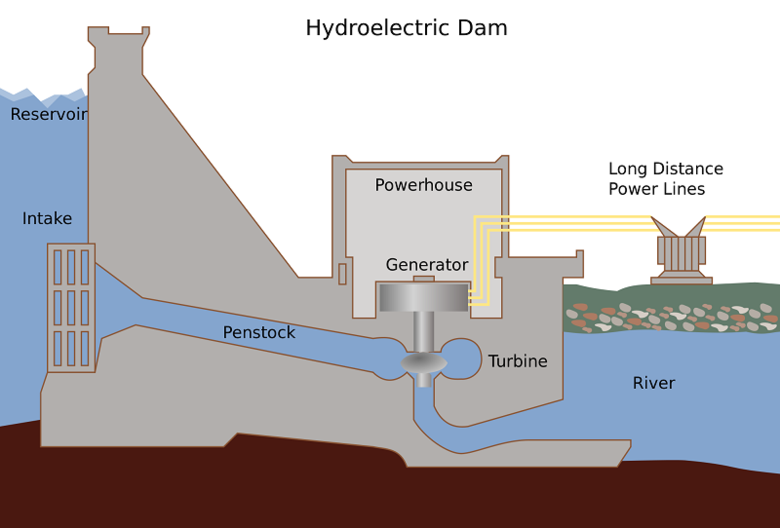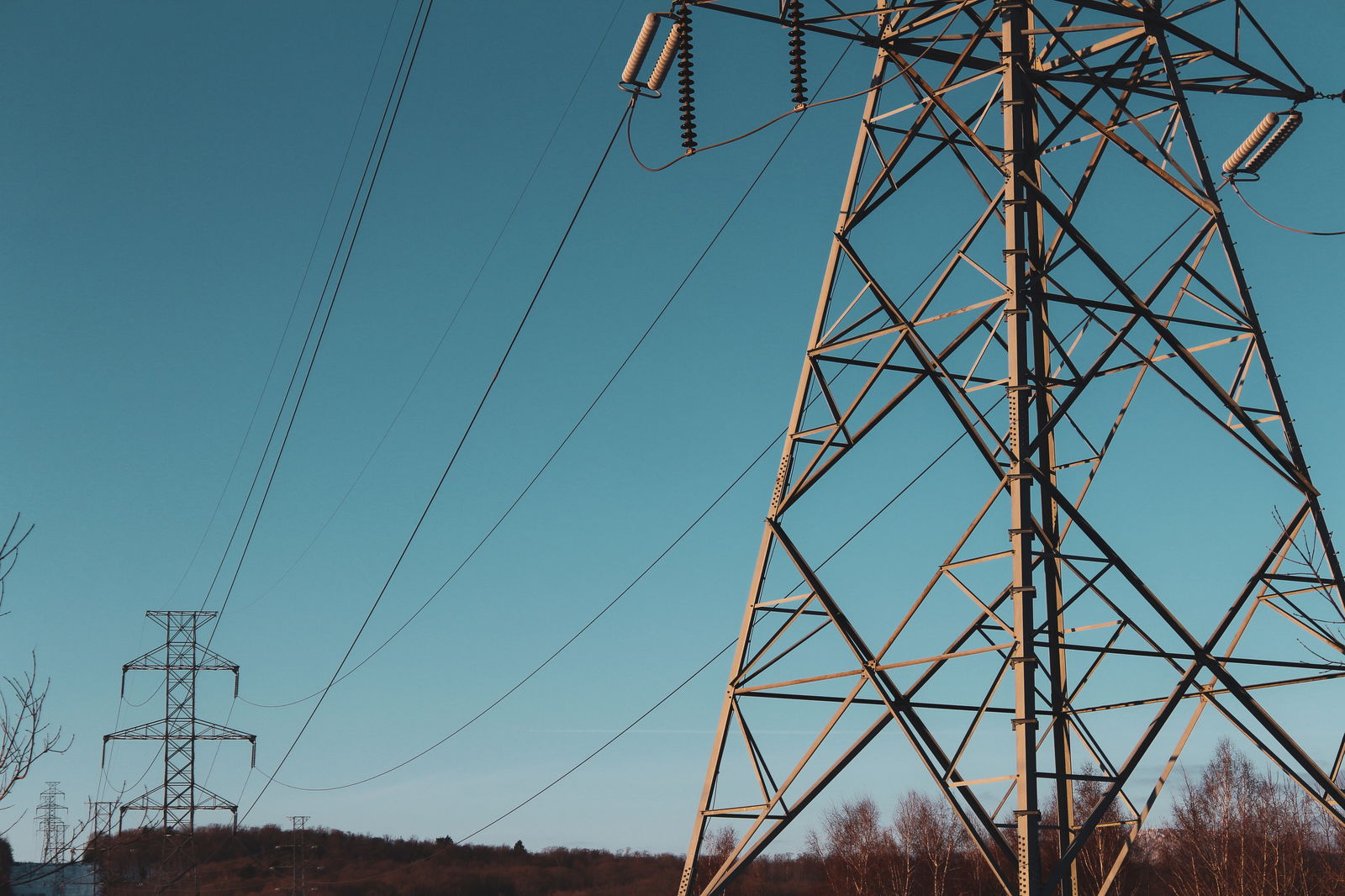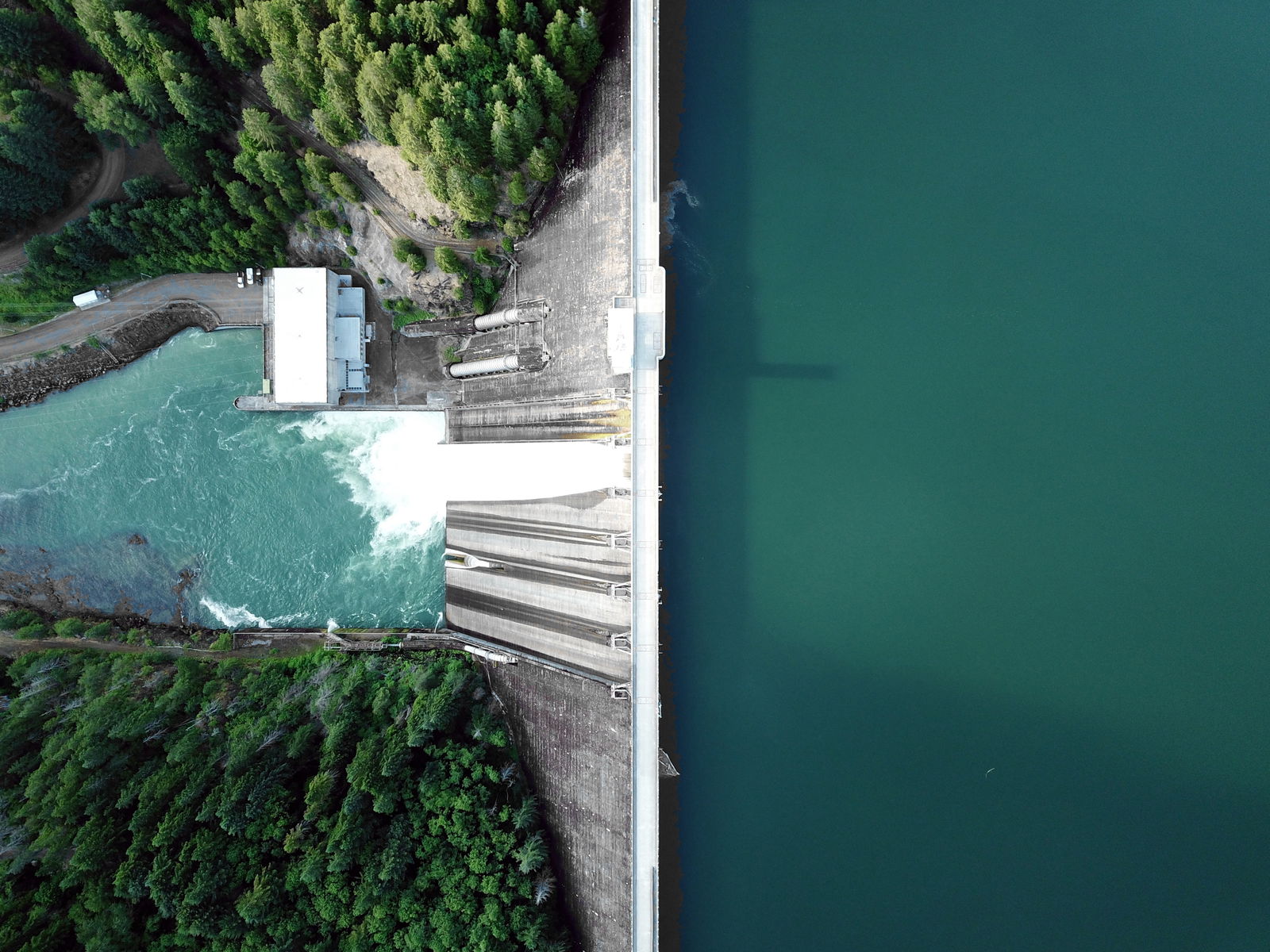Tapping the power of water: Pros and cons of hydroelectric energy


· 9 min read
This article is part of our series to spread free & quality sustainability knowledge for all. Compare on Data Hub™ the sustainability performance of hydroelectric energy leaders: Iberdrola, Enel, Fortum and Siemens Energy.
As societies worldwide seek cleaner and more sustainable energy sources, hydroelectric power has emerged as one of the most popular renewable energy sources. In fact, according to the International Energy Agency (IEA), hydroelectric power is the largest renewable source of energy globally (Hydroelectricity – Analysis - IEA, 2022).
However, despite its popularity, hydropower isn’t flawless. Like other energy sources, it has various downsides. But do its cons outweigh its pros?
In this article, we'll tackle this pertinent question. We'll explore the pros and cons of hydroelectric energy, shedding light on its environmental benefits and economic advantages while also examining the environmental impacts and social challenges it poses.
By critically examining hydroelectric power's multifaceted nature, we can better understand its role in shaping our energy future, paving the way for informed decisions and sustainable energy strategies.
Hydroelectric power, also known as hydropower, is a renewable energy source that taps the energy of flowing or falling water to generate power. It uses the potential and kinetic energy in moving water to drive turbines, which power generators to produce electricity for public use.
The process of hydroelectric power generation typically involves the construction of large dams or reservoirs on rivers and other water bodies. These structures confine water, creating a massive height difference between the reservoir and downstream areas. When the stored water is released, it flows through turbines, causing them to spin.

The spinning turbines convert the water’s energy into mechanical energy, which powers generators. The generators then produce electric energy, which can be transmitted through power lines and distributed to homes, businesses, and industries.
As of 2021, China was the world’s leading hydropower producer, followed by Canada, Brazil, the United States, Russia, and India (Hydropower Generation by Country 2021 | Statista, 2023).
Although renewables like geothermal, wind, and solar power are rapidly gaining popularity, hydropower remains the most popular source of renewable energy. However, behind the gushing waterfalls and seemingly flawless energy production, hydropower has several pros and cons. Next, we’ll explore the advantages and disadvantages of hydroelectric energy.
Hydropower is a renewable energy source, as it relies on the natural water flow and gravity to generate electricity. Unlike fossil fuels, water is a renewable resource that’s constantly replenished.
The water used in hydroelectric power plants isn’t depleted but rather cycled back into rivers or reservoirs, making hydropower a sustainable energy solution. On the other hand, fossil fuels like coal and oil aren’t replenished once used, making them unsustainable energy sources.

Unlike fossil fuels or nuclear energy, hydroelectric power plants emit minimal greenhouse gases during their operation. According to the International Hydropower Association (IHA), if hydropower was substituted with coal to generate electricity, 4 billion tonnes of additional greenhouse gases would be emitted annually (Greenhouse Gas Emissions, n.d.).
As a result, hydropower helps to mitigate global warming and reduce air pollution.
While the initial cost of constructing hydroelectric power plants is high, hydropower is cheaper than other energy sources in the long run.
Water is a finite resource that isn’t affected by price fluctuations. On the other hand, fossil fuels like natural gas and oil are subject to market volatility, which can significantly increase energy costs.
Additionally, hydropower facilities have lower maintenance and operating costs compared to other types of power plants (SAS Output, n.d.).
Finally, most hydroelectric power plants have an average lifespan of 50-100 years, making hydropower a cost-effective source of energy in the long term.
Hydropower is a flexible source of power as hydropower facilities can respond to demand fluctuations in minutes if necessary. If there's a sudden spike in electricity demand, hydropower electric plants can quickly ramp up their hydropower capacity. Similarly, a hydroelectric plant can be stopped relatively quickly if there's a decline in the electricity demand.
On the other hand, while other plants, like thermal power plants, can respond to changing electricity demands, their response times aren't as fast or flexible as hydroelectric power plants.
Renewables like wind and solar aren't consistent sources of energy. When the sun isn't shining, or the wind isn't blowing, these renewable sources of energy won't meet energy demands.
Hydropower’s dependence on water to generate power makes it a consistent source of power. As a result, when wind power and active solar can’t meet energy demands, hydropower can compensate for the decline in supply from these renewables.

Besides generating electricity, hydropower dams with large reservoir storage allow for water management and regulation. This enables irrigation, flood control, and consistent water supply, supporting agriculture and water security in areas where rain is scarce or drought prevalent.
Large hydroelectric dams provide recreational opportunities, such as kayaking, white water rafting, swimming, and fishing. As a result, many hydroelectric dams are popular tourist attractions attracting tourists locally and globally.
For example, Hoover Dam in Nevada is one of the state’s most popular tourist attractions, attracting over 7 million visitors annually (Hoover Dam Information | Lake Mead | Travel Nevada, 2023).
The construction of massive dams and reservoirs for hydroelectric projects can have severe environmental implications. For example, it may alter water ecosystems, destroy habitats, and affect fish migration patterns. In some cases, dam construction may even endanger some species like the Irrawaddy dolphin (Irrawaddy Dolphin - Whale &Amp; Dolphin Conservation USA, 2023).
Additionally, as most hydroelectric power projects require extensive land, they could lead to the destruction of forests, meadows, and grasslands.
Hydroelectric power projects are capital-intensive because they require the construction of a dam, reservoir, and power-generating turbines. Fortunately, while the up-front costs are high, the operational and maintenance costs of hydroelectric plants are fairly low. Nonetheless, hydroelectric plants need to run for a substantial time to recoup the funds used to construct them.
Hydropower isn’t immune to the effects of climate change. Changes in rainfall patterns and drought can substantially affect a power plant’s ability to produce energy.
For instance, in Kenya, drought in recent years has significantly affected hydroelectric power generation because the country relies on a large percentage of hydropower to generate electricity (Wang, 2017).
Local communities living downstream are prone to flooding due to strong water currents released from dams. In communities where people are vulnerable to floods, people may have to be relocated, resulting in social disruption and cultural loss.
Identifying ideal locations for large-scale hydroelectric power projects can be challenging due to factors like water availability, topography, and impact on surrounding communities. This challenge restricts the widespread adoption of hydropower in certain areas.
While hydroelectric power is considered a clean source of energy, it isn’t entirely carbon-neutral. Researchers found that hydroelectric power reservoirs emit vast amounts of methane, which depletes oxygen levels in water and increases pollution (Mapes, 2016).

Yes, hydropower is renewable because it does not deplete natural resources like non-renewable energy sources, which are non-replenishing. The water used in hydropower plants isn't depleted but rather cycled back into rivers or reservoirs for repeated use.
Determining the cleanest energy source is a complex task that involves considering various factors and evaluating the entire life cycle of energy production.
However, while determining the cleanest energy source isn’t a straightforward task, renewables like hydropower, solar, wind, and geothermal energy are often considered among the cleanest sources of energy.
Energy costs vary depending on factors like location, resource availability, technology, and government policies. However, while energy costs vary depending on these factors, renewables like hydropower, solar, and wind are often considered among the cheapest energy sources.
Hydropower is used in various countries worldwide, with some nations relying more on it for their energy needs than others. Some countries that rely heavily on hydropower include China, Canada, Brazil, the United States, Russia, India, and Norway.
illuminem's Data Hub™ tracks companies such as Iberdrola, Enel, Fortum and Siemens Energy, which are key players in hydroelectric power. These companies are harnessing the power of water to generate clean, renewable energy, contributing significantly to the global energy transition.
Hydropower is one of the most efficient methods of electricity generation. While the efficiency of hydropower systems varies depending on the design and technology used, the overall efficiency of hydropower plants ranges from 80% to 90%.
Hydroelectric power provides a compelling case as a sustainable and renewable energy solution. It provides clean energy, it’s inexpensive, and it provides a reliable source of energy to meet fluctuating demand. Furthermore, large hydroelectric dams also store large amounts of water, which can be used for irrigation, flood control, and water supply.
Yet, despite all its pros, hydroelectric power also has some limitations. The environmental impact of large dams and reservoirs can result in habitat destruction, altered water ecosystems, biodiversity loss, and displacement of communities. Furthermore, the vulnerability of hydroelectric power to climate change and water availability can severely affect electricity generation.
As a result, as we consider hydropower's viability as a sustainable energy source, we must balance its pros and cons to maximize its potential while minimizing its drawbacks.
illuminem's Data Hub™ tracking sustainability performance data of hydroelectric energy leaders: Iberdrola, Enel, Fortum and Siemens Energy.
Greenhouse gas emissions. (n.d.). https://www.hydropower.org/factsheets/greenhouse-gas-emissions
Hoover Dam Information | Lake Mead | Travel Nevada. (2023, March 14). Travel Nevada. https://travelnevada.com/historical-interests/hoover-dam/
Hydroelectricity – Analysis - IEA. (2022, September). IEA. https://www.iea.org/reports/hydroelectricity
Hydropower generation by country 2021 | Statista. (2023, February 8). Statista. https://www.statista.com/statistics/474799/global-hydropower-generation-by-major-country/
Irrawaddy dolphin - Whale & Dolphin Conservation USA. (2023, May 4). Whale & Dolphin Conservation USA. https://us.whales.org/whales-dolphins/species-guide/irrawaddy-dolphin/
Mapes, L. V. (2016, September 30). Hydropower isn’t carbon neutral after all, WSU researchers say. The Seattle Times. https://www.seattletimes.com/seattle-news/environment/hydropower-isnt-carbon-neutral-after-all-wsu-researchers-say/
Pros And Cons of Hydropower | EnergySage. (2022, April 28). https://www.energysage.com/about-clean-energy/hydropower/pros-cons-hydropower/
SAS Output. (n.d.). https://www.eia.gov/electricity/annual/html/epa_08_04.html
Wang, J. (2017). No Water, No Power. World Resources Institute. https://www.wri.org/insights/no-water-no-power
illuminem briefings

Hydrogen · Energy
illuminem briefings

Hydrogen · Green Hydrogen
illuminem briefings

Sustainable Finance · Biomass
Forbes

Green Hydrogen · Ethical Governance
Hydrogen Council

Hydrogen · Corporate Governance
The Wall Street Journal

Hydrogen · Corporate Governance